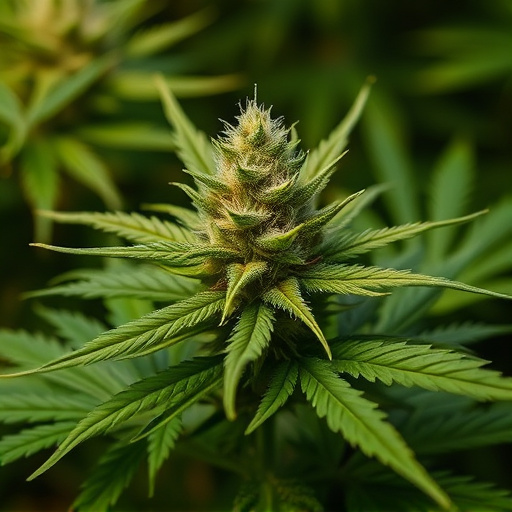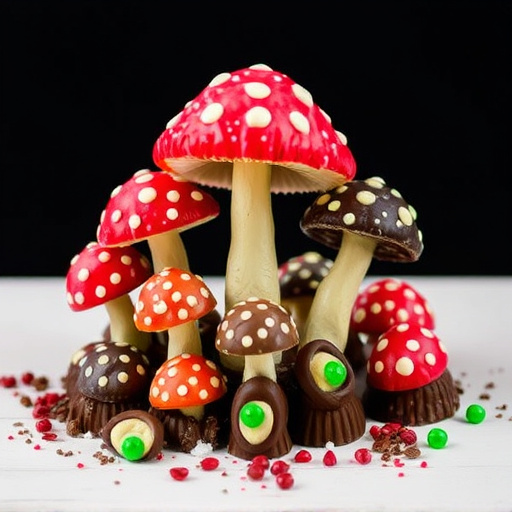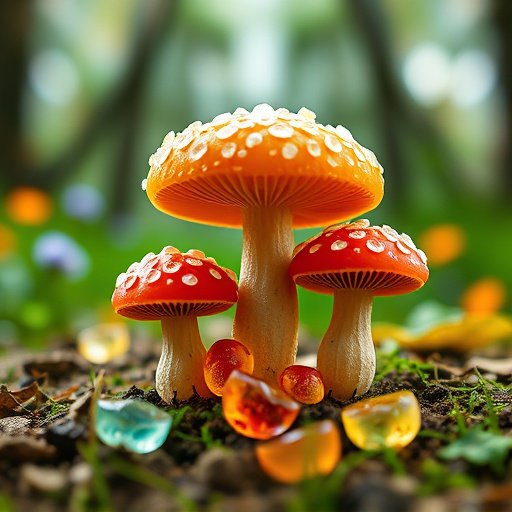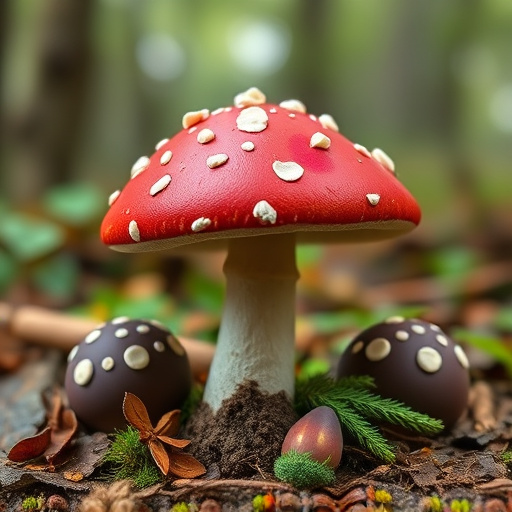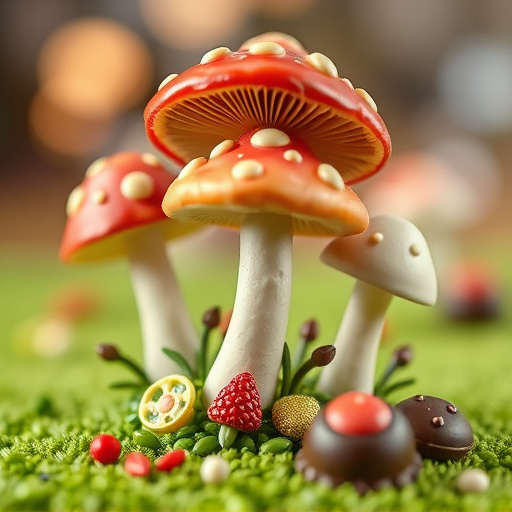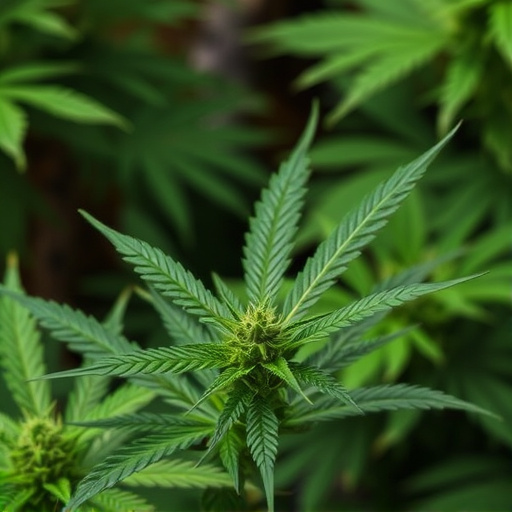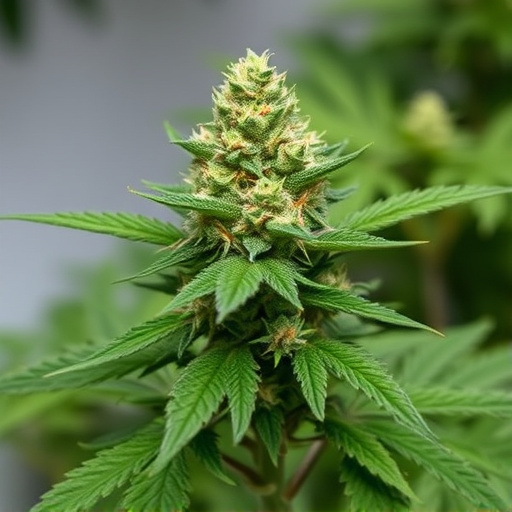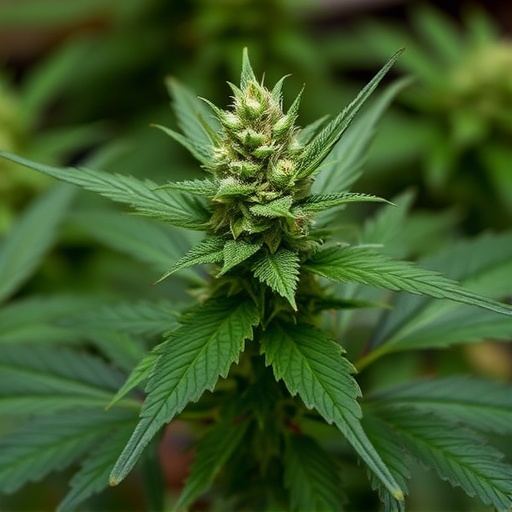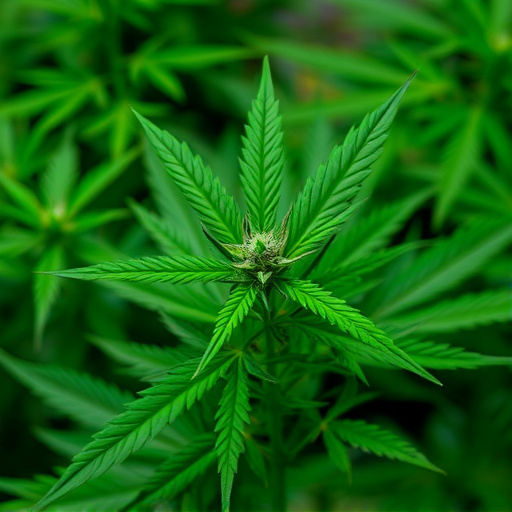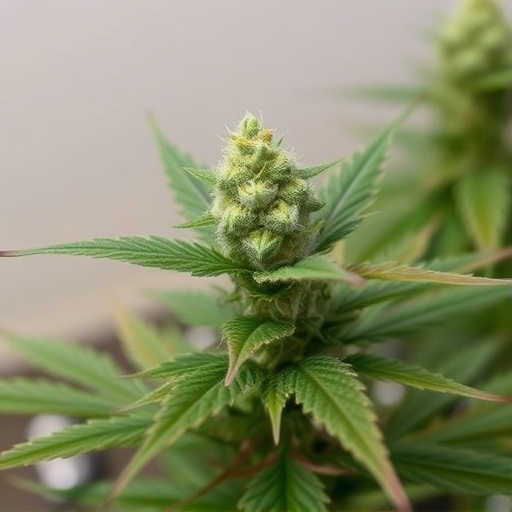Cannabis strains' unique properties stem from compounds like THC (psychoactive) and CBD (non-intoxicating with potential medical benefits). Dosage and strain selection are crucial for desired effects, with individual tolerances and intended uses guiding choices. Micro-dosing and titration provide precise control over THC or CBD intake, allowing users to fine-tune their experience based on subtle physical and mental responses.
Unraveling the perfect THC and CBD dosage is a crucial step in harnessing the therapeutic potential of cannabis. This guide explores the intricate relationship between these key compounds found in various cannabis strains and their distinct effects on the body. By understanding individual tolerance, strain characteristics, and desired outcomes, you can navigate safe and effective dosing strategies like micro-dosing and titration. Discover how to monitor your response and tailor your intake for optimal well-being.
- Understanding THC and CBD: The Key Compounds in Cannabis Strains and Their Effects
- Factors Influencing the Ideal Dosage: Individual Tolerance, Strain Characteristics, and Desired Outcomes
- Strategies for Safe and Effective Dosing: Micro-dosing, Titration, and Monitoring Response
Understanding THC and CBD: The Key Compounds in Cannabis Strains and Their Effects
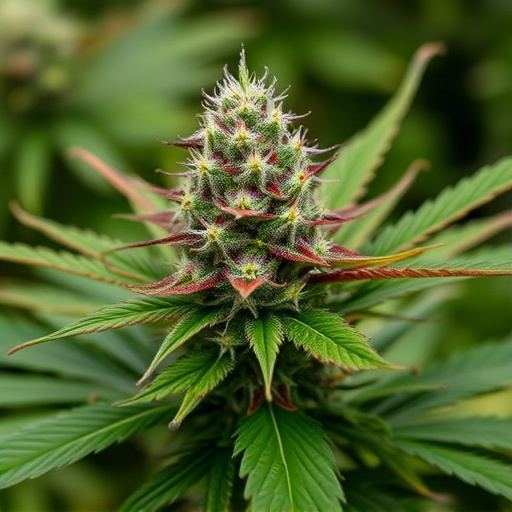
Cannabis contains various compounds that contribute to its unique properties and effects, with THC (Tetrahydrocannabinol) and CBD (Cannabidiol) being the most well-known. These two compounds play a significant role in the way users experience cannabis strains, each offering distinct advantages and potential therapeutic benefits.
THC is primarily responsible for the psychoactive effects of cannabis, inducing feelings of euphoria, relaxation, and heightened senses. It interacts with the endocannabinoid system in the brain, particularly binding to CB1 receptors, which influences mood, memory, and coordination. On the other hand, CBD doesn’t produce a ‘high’ but offers a range of potential medical benefits. Research suggests it can reduce anxiety, inflammation, and pain without altering cognitive function. The effects of cannabis strains are thus a result of the intricate interplay between THC and CBD, along with other minor cannabinoids present in different concentrations across various strains. Understanding this relationship is crucial for consumers aiming to find the optimal dosage for their desired effects.
Factors Influencing the Ideal Dosage: Individual Tolerance, Strain Characteristics, and Desired Outcomes
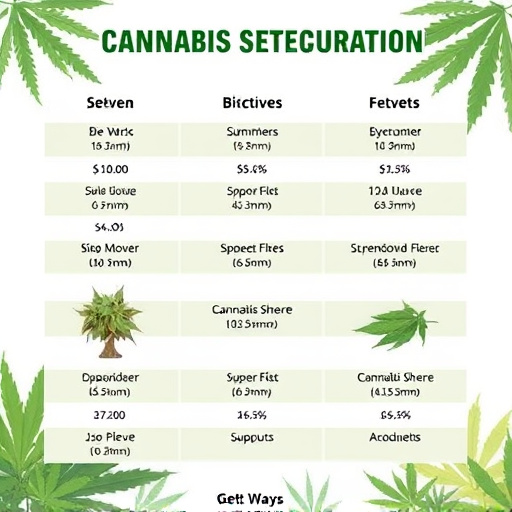
The ideal THC and CBD dosage varies greatly from person to person, influenced by several key factors. One of the primary considerations is individual tolerance. Those new to cannabis may have a lower threshold for its effects, requiring smaller doses, while regular users with built-up tolerance might need higher amounts to achieve desired results. Additionally, different cannabis strains carry distinct characteristics that impact how they’re perceived. Sativa strains tend to evoke energizing and cerebral effects, ideal for daytime use, whereas indica varieties often induce relaxation and sleepiness, making them more suitable for evening or nighttime consumption. Users should also consider their desired outcomes—whether it’s pain relief, anxiety reduction, or simply a recreational experience—as these objectives can guide the dosage and strain selection process.
Strategies for Safe and Effective Dosing: Micro-dosing, Titration, and Monitoring Response
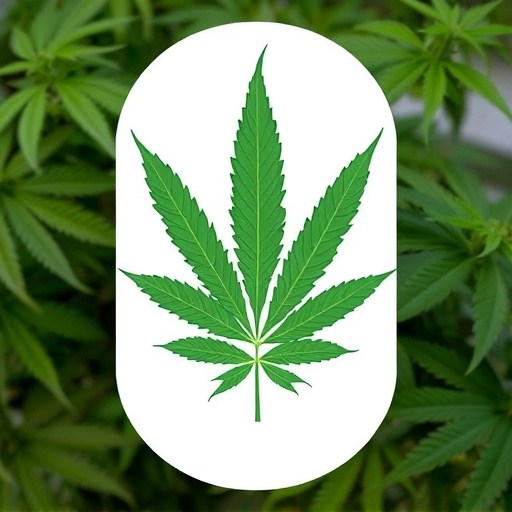
Micro-dosing is a strategy that involves taking incredibly small amounts of THC or CBD, often in the single digit milligrams per dose. This approach allows users to experience subtle effects while minimizing potential risks and side effects associated with higher doses. It’s particularly appealing for those looking to alleviate specific symptoms without feeling intoxicated or experiencing anxiety. By starting with miniscule doses and gradually increasing, individuals can accurately gauge their body’s response to cannabis strains and their unique effects.
Titration is another effective method that involves carefully adjusting your dosage based on observed effects. Start with a low dose and wait for its effects to set in before deciding whether to increase or decrease your intake. This process allows users to fine-tune their THC or CBD levels, ensuring they achieve the desired results without overdoing it. Monitoring your response is crucial; pay attention to physical sensations, mental clarity, and any changes in mood or appetite. Keep a record of your doses and corresponding effects to help you identify patterns and make informed decisions about future consumption.
Finding the perfect THC and CBD dosage is a personalized journey. By understanding the unique interplay between these compounds in various cannabis strains and their distinct effects, individuals can make informed decisions. Considering factors like personal tolerance, strain characteristics, and desired outcomes allows for tailored dosing strategies. Adopting micro-dosing, titration, and close monitoring of responses ensures a safe and effective exploration of cannabis’s therapeutic potential, enabling users to navigate the complexities of cannabis strains and unlock their beneficial effects.
